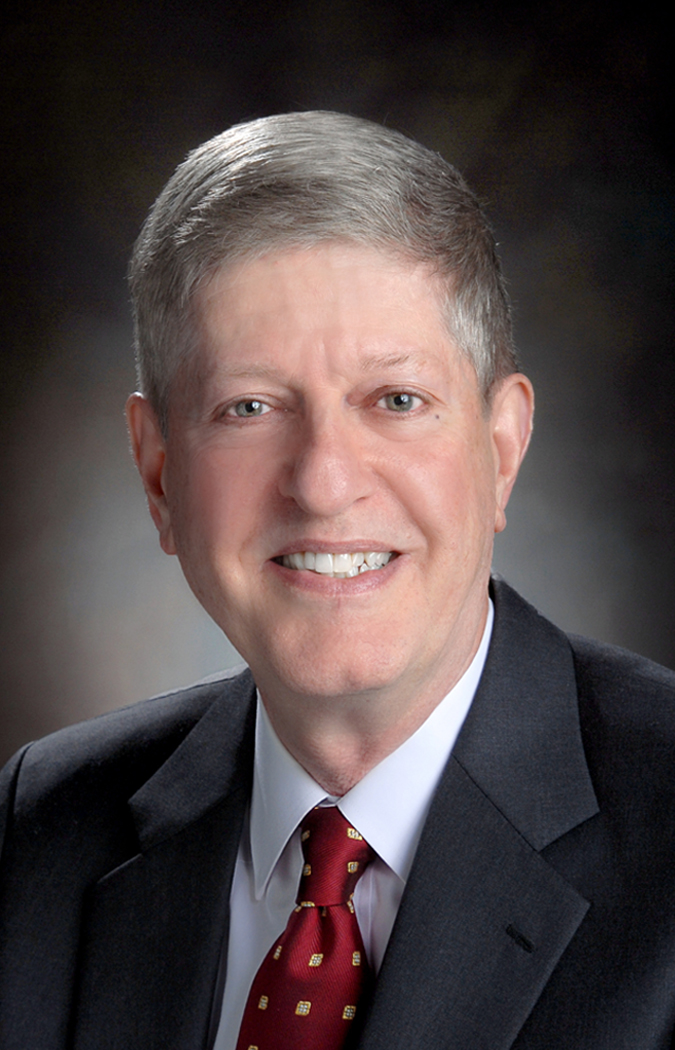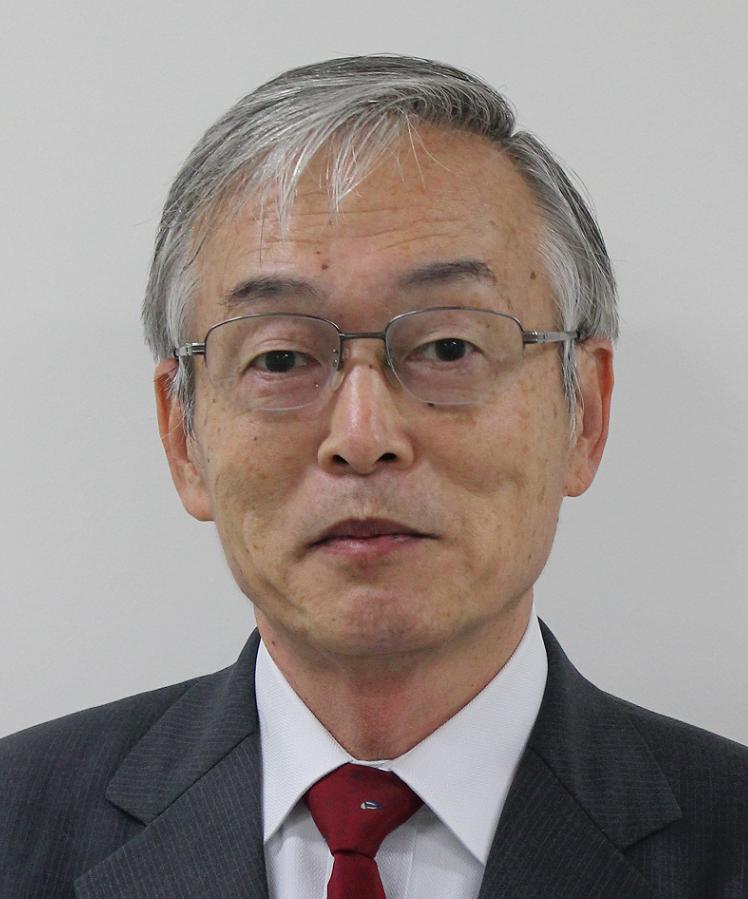2012 International Conference on Advanced Mechatronic Systems
Tokyo, Japan, September 18-21, 2012
Sponsored by the International Journal of Advanced Mechatronic Systems
Tokyo University of Agriculture and Technology
International Journal of Modelling, Identification and Control
The Institute of Complex Medical Engineering
Cooperated by The Japan Society of Mechanical Engineers
The Society of Instrument and Control Engineers
The Institute of Systems, Control and Information Engineers
Plenary Speakers
- Prof. William A. Gruver (Simon Fraser University, Canada)
- Prof. Masao Ikeda (Osaka University, Japan)
- Prof. Kevin Warwick (University of Reading, England)
Prof. William A. Gruver, Simon Fraser University, Canada

Title:
Distributed Intelligent Systems: A Paradigm Shift
Abstract:
Centralized systems are unsuitable for large-scale systems integration because of their high reliance on centralized communication, high complexity, lack of scalability, and high cost of integration. The use of distributed intelligence technologies avoids these weaknesses by building intelligent systems with physical and software agents that operate autonomously to independently handle specialized tasks, and cooperate to satisfy system-level goals and achieve a high degree of flexibility. This lecture provides an introduction to the technologies and applications of distributed intelligent systems for dynamically changing, networked environments. It describes how a peer-to- peer environment can be built to distribute the logistical and strategic requirements of systems, while improving robustness and scalability. The presenter will contrast centralized and distributed systems, survey development frameworks for distributed systems, describe recent advances based on multi-agent and holonic systems, and survey applications involving manufacturing automation, distributed scheduling, automated decision support, RFID tracking, and distributed energy systems. Specific examples of successful implementations in industrial environments will be provided.
Brief Biography:
William A. Gruver is Professor Emeritus of Engineering Science at Simon Fraser University where he directs the Intelligent/Distributed Enterprise Automation Laboratory, and President of Intelligent Robotics Corporation specializing in the development of distributed automation systems. He holds the PhD, MSEE, and BSEE degrees from the University of Pennsylvania and the DIC in Automatic Control Systems from Imperial College, London. His experience includes management and technical leadership positions at GE Factory Automation Products Division in Charlottesville; GE Automation Center in Frankfurt, Germany; IRT Corporation in San Diego, Center for Robotics and Manufacturing Systems in Lexington, Kentucky; and LTI Robotic Systems, a California based startup that he co-founded. He has held engineering positions at NASA Marshall Space Flight Center and the DFVLR German Space Research Center, and faculty positions at the United States Naval Academy, University of Kentucky, and North Carolina State University. He has published 230 technical papers and three books on robotics, manufacturing automation, control systems, and optimization. Currently, his interests include the technologies and applications of agent and holonic systems, RFID tracking, and reconfiguragble FPGAs.
Dr. Gruver is Fellow of the IEEE and Fellow of the Engineering Institute of Canada. He is Past President of the IEEE Systems, Man, and Cybernetics Society, and he served as an IEEE Division Director and member of the IEEE Board of Directors. Dr. Gruver is an Associate Editor of the IEEE Transactions on Systems, Man, and Cybernetics and he co-chairs the SMC Society’s Technical Committee on Distributed Intelligent Systems. He is also the General Chair of the 2014 IEEE International Conference on Systems, Man, and Cybernetics to be held in San Diego on October 5-8, 2014.
Prof. Masao Ikeda, Osaka University, Japan

Title:
Control Theory: A Key Technology for Innovation
Abstract:
In the first half of this talk, the speaker discusses the role of control theory. He emphasizes that the theory clarifies what we can achieve, for which type of systems, using which information, adopting which control law, and under what kind of circumstances. Employing examples of control of an inverted pendulum, he also indicates that the theory shows us what we cannot do under certain conditions. In the second half of the talk, the speaker presents three examples to demonstrate the usefulness and capability of control theory. The first example is dynamic mass measurement of moving vehicles. Although it is commonly supposed that the mass should be measured under stationary conditions, it is shown that the mass of a vehicle can be computed from the dynamic data obtained when the vehicle passes through on a scale. An adaptive FIR filter is proposed, the parameters of which are adjusted online to remove the influence of the vertical dynamics of the vehicle in the measured data. The second example is vibration suppression of electron microscopes. For ultraprecise observation of materials by an electron microscope, even micro vibration is not allowable. A big electron microscope on a low-line active vibration isolation table is modeled as a twelve-degree-of freedom mechanical system and an H-infinity control method is applied to suppress the influence of floor vibration. The third example is design of Rahmen structures for vibration suppression. An iterative design method is proposed, which optimizes the cross-sectional areas of the members of the structure under a constraint of the total mass. The gain of the transfer function from the vibration source to the point where the vibration should be suppressed is minimized.
Brief Biography:
Masao Ikeda received his B.Eng., M.Eng., and D.Eng. degrees in communication engineering from Osaka University in 1969, 1971, and 1975, respectively. In 1973, he joined the Systems Engineering Department of Kobe University, where he became a Professor in 1990. In 1995, he moved to Osaka University, where he was a Professor in the Mechanical Engineering Department, an Associate Dean of the Engineering School, and the Director of the Frontier Research Center. Since 2010, he has been engaged in research administration as the Manager and a Specially Appointed Professor in the Support Office for Large-Scale Education and Research Projects, Osaka University. His research interests include theory for large-scale systems, nonlinear feedback systems, time-varying systems, time-delay systems, two-degree-of-freedom control systems, and descriptor systems. He is also interested in control applications such as vibration isolation systems, large space structures, dynamic measurement of moving vehicles, and structural design for vibration suppression. He has published two books, 144 journal papers, 54 survey articles, and 118 conference papers.
He was the President of the Society of Instrument and Control Engineers (SICE) in 2005 and the founding Editor-in-Chief of the SICE Journal of Control, Measurement, and System Integration from 2007 to 2011. He has served as Associate Editor of Systems and Control Letters, Associate Editor of Automatica, Vice Chair of the IFAC Technical Committee on Large Scale and Complex Systems, and a member of the Board of Governors of the IEEE Control Systems Society. He received several awards from SICE, ISCIE (Institute of Systems, Control, and Information Engineers), and JSME (Japan Society of Mechanical Engineers). He is a Fellow of SICE, IEEE, and JSME.
Prof. Kevin Warwick, University of Reading, England

Title:
The Cyborg Experiments
Abstract:
A practical look is taken at how the use of implant and electrode technology can be employed to create biological brains for robots, to enable human enhancement and to diminish the effects of certain neural illnesses. In all cases the end result is to increase the range of abilities of the recipients. An indication is given of a number of areas in which such technology has already had a profound effect, a key element being the need for a clear interface linking a biological brain directly with computer technology. The emphasis is clearly placed on experimental scientific studies that have been and are being undertaken and reported on. The area of focus is notably the need for a biological/technological connection, where a link is made directly with the cerebral cortex and/or nervous system. The presentation will consider the future in which robots have biological, or part-biological, brains and in which neural implants link the human nervous system bi-directionally with technology and the internet.
Brief Biography:
Kevin Warwick is Professor of Cybernetics at the University of Reading, England, where he carries out research in artificial intelligence, control, robotics and cyborgs. He is a Chartered Engineer and a Fellow of the IET. Kevin was born in Coventry, UK and left school to join British Telecom, at the age of 16. At 22 he took his first degree at Aston University, followed by a PhD and research post at Imperial College, London. He subsequently held positions at Oxford, Newcastle and Warwick Universities before being offered the Chair at Reading, at the age of 33. As well as publishing over 500 research papers, Kevin’s experiments into implant technology led to him being featured as the cover story on the US magazine, ‘Wired’. Kevin has been awarded higher doctorates (DSc) both by Imperial College and the Czech Academy of Sciences, Prague. He was presented with The Future of Health Technology Award in MIT, was made an Honorary Member of the Academy of Sciences, St. Petersburg, and has received The IEE Senior Achievement Medal, the Mountbatten Medal and the Ellison-Cliffe Medal. In 2000 Kevin presented the Royal Institution Christmas Lectures, entitled “The Rise of the Robots”. Kevin’s research involves the invention of an intelligent deep brain stimulator to counteract the effects of Parkinson Disease tremors. The tremors are predicted and a current signal is applied to stop the tremors before they start – this is to be trialled in human subjects. Another project involves the use of cultured/biological neural networks to drive robots around – the brain of each robot is made of neural tissue.
Perhaps Kevin is best known for his pioneering experiments involving a neuro-surgical implantation into the median nerves of his left arm to link his nervous system directly to a computer to assess the latest technology for use with the disabled. He was successful with the first extra-sensory (ultrasonic) input for a human and with the first purely electronic telegraphic communication experiment between the nervous systems of two humans.